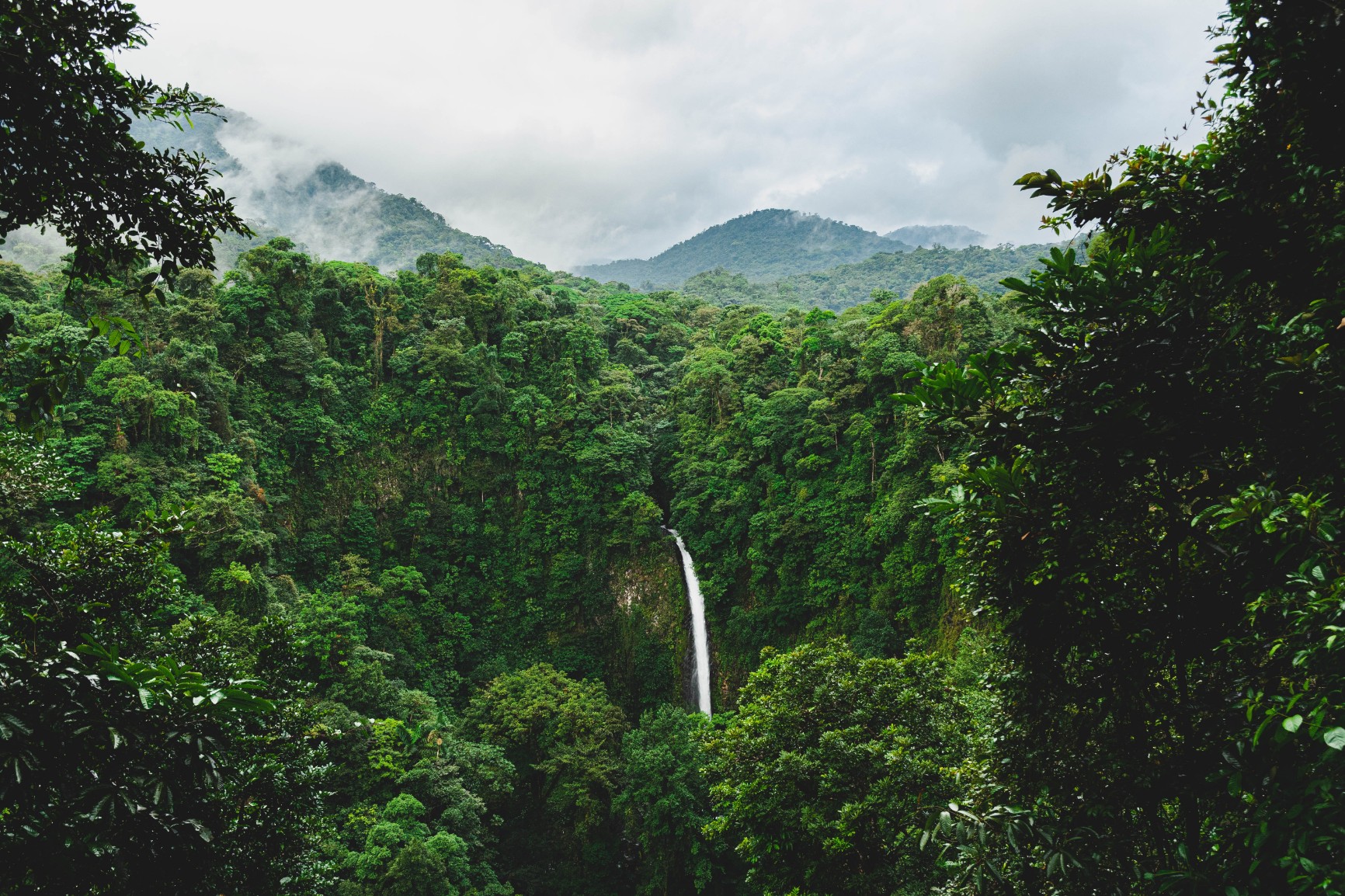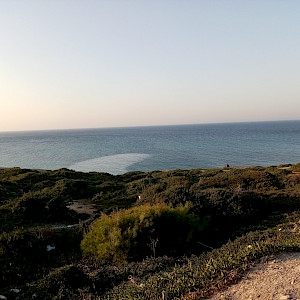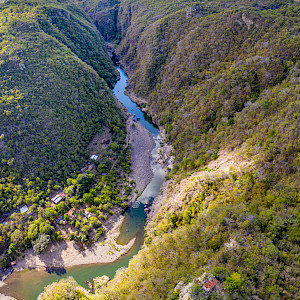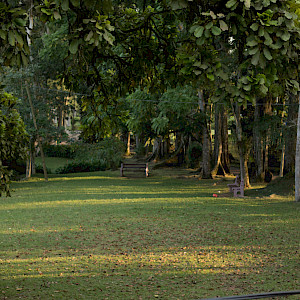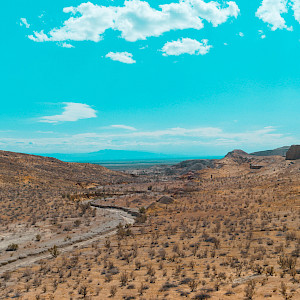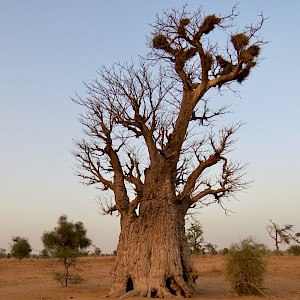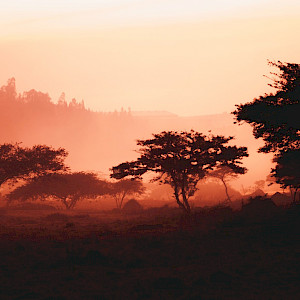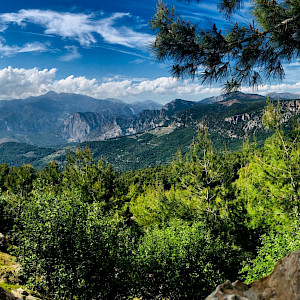After a quarter-century of restoration in a heavily degraded river basin in Costa Rica, a “model forest” platform is helping a local foundation to promote the benefits of its work and boost business in an economically depressed region.*
The area surrounding the headwaters of the Nosara River, which flows from the highlands of the Nicoya Peninsula into the Pacific Ocean, suffered deforestation under a past government policy that encouraged large-scale land clearing for agriculture and cattle ranching.
The river is a source of drinking water for communities in the highlands, where forest cover was reduced to 12 per cent. By the 1990s, the reduced flow of the river led to an acute water shortage. Coupled with a drastic downturn in beef markets, this resulted in the out-migration of more than half the population.
In 1993, a group of local farmers created the Monte Alto Forest Reserve Foundation with a vision to transform the landscape that included restoring the lands in the basin to recharge aquifers; strengthening local government, local leaders and local organizations; and establishing a governance platform.
Working with the government, the foundation achieved official recognition as the Monte Alto Reserve, a 900-hectare protected zone along the watershed, preventing further degradation. The foundation then began purchasing parcels of degraded land, one hectare at a time, along the steepest slopes within the reserve, where freshwater springs originate.
The farmers received technical assistance for the restoration efforts that they undertook themselves. To date, more than 72,514 hectares of natural forests have been restored; 12,346 hectares have been reforested with high value timber species such as teak and melina for wood production; over 400 hectares of coffee has been established in agroforestry systems with niche branding for export to alternative markets; and two protected areas on public lands as well as two private protected areas have been established.
Through environmental protection and gradual reforestation, the foundation has overseen the recovery of an important watershed, including restored water levels, an increase in forest cover to 56 per cent, improved biodiversity, and a reversal of outmigration.
The Chorotega Model Forest was established in 2011 to promote the benefits of the foundation and expand its work beyond the boundaries of the reserve. The initiative, supported by the International Model Forest Network, provides a platform to develop a landscape-scale vision based on broad stakeholder participation that builds on the efforts already underway.
Once the landscape had been restored in the reserve, ecotourism was promoted to accommodate visitors and create jobs while enabling the foundation to purchase more land to continue restoration. The Model Forest created a space for discussion from which several other local businesses emerged, providing lodging, food, goods and services, and recreational and informational activities.
Stakeholders have also used the platform to propose new policies to improve and simplify access to government programs for small and medium-sized producers involved in restoration, including agroforestry.
By adopting a flexible, integrated and inclusive approach that started out small and then built in depth, reach and scale, Chorotega Model Forest demonstrates that restoring resilient, functional and productive landscapes is achievable over time. Stakeholders are now looking at improving connectivity between remaining natural forests, promoting sustainable forest management and planning in secondary forests on the peninsula, mapping and making an inventory of biodiversity, and finding resources for the promotion of agroforestry.
*The International Model Forest Network supplied information for this case study.

